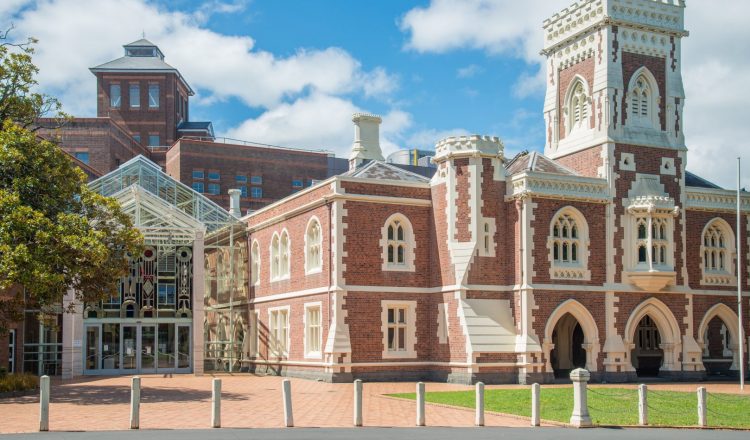去法庭
无论你只是在支持亲人、提供证据还是在法庭上辩护自己,这几乎总是一个紧张的时刻。重要的是要知道在新西兰诉诸法庭时会发生什么,这样你就会感到尽可能地做好准备,减少对磨难的焦虑。
一般规则
以下是出庭时需要记住的一些一般规则。
- 新西兰的法院是一个非常正式的地方。你应该穿着深色的智能服装,例如西装和领带或同等服装。不要戴帽子或太阳镜。
- 别用你的手机。让手机保持静音,不要在法庭上拍摄或拍照。
- 准时到那里。最好早到达然后等待,而不是因为迟到来危害你的案件
- 不要在法庭里吃喝。
- 代表法官。作为尊重的标志,法庭上的人对法官的到来和离开保持沉默是惯例。如果法官直接向你说话,你也必须站立。
- 说话缓慢而清晰 *。你在法庭上说的话是法律程序的重要组成部分。为了避免任何错误,请务必减慢说话速度,如果可能出错,不要害怕拼出你的名字。
- 不要发誓。
- 提供证据时不要说话。
- 使用正式标题。法官应该被称为先生、女士或法官大人。其他人可能被称为 “先生” 或 “女士” 及其姓氏。
- 如果需要,请携带文件和副本。法律程序需要大量的文书工作,请确保你有法院要求的任何文件。必要时可携带额外的副本。
当证人
* 新西兰的法庭诉讼程序通常以英语进行。如果英语不是你的第一语言,而你觉得自己需要口译员来帮助你在法庭上传达你的陈述,那么你必须填写 “口译申请” 表格。在听证会之前将表格提交给您将出席的法庭。
在法庭上自我辩护
当你到达法庭时,你必须通过保安。如果你不确定该去哪里,你可以向法庭的工作人员询问指示。在法庭里时,你可能需要发誓或宣誓,这是你要说实话的承诺。诉讼结束后,工作人员可以帮助您完成后续步骤,但他们无法为您提供法律建议。只能向律师或市民咨询局寻求法律意见。
你不需要律师在法庭上代表你,如有必要,你可以选择代表自己。但是,在法庭上正确代表自己需要很长一段时间内进行大量的研究、准备和管理。大多数案例可能需要几个月才能解决,但有些案例可能需要数年时间。即使您赢得了案件并有权获得赔偿,花在自我辩护上的时间和金钱也不包括在法庭费用中。
在考虑自我陈述之前,通常最好向公民咨询局或社区法寻求免费的法律意见,因为它们可以帮助你朝正确的方向前进。如果你想要律师但买不起律师,你可能有权获得法律援助。

















































